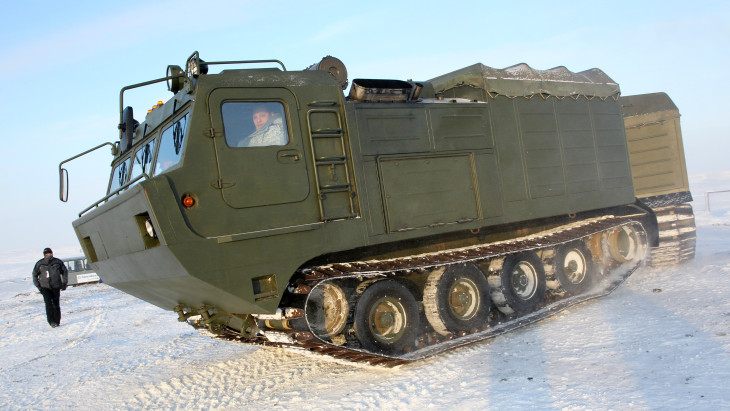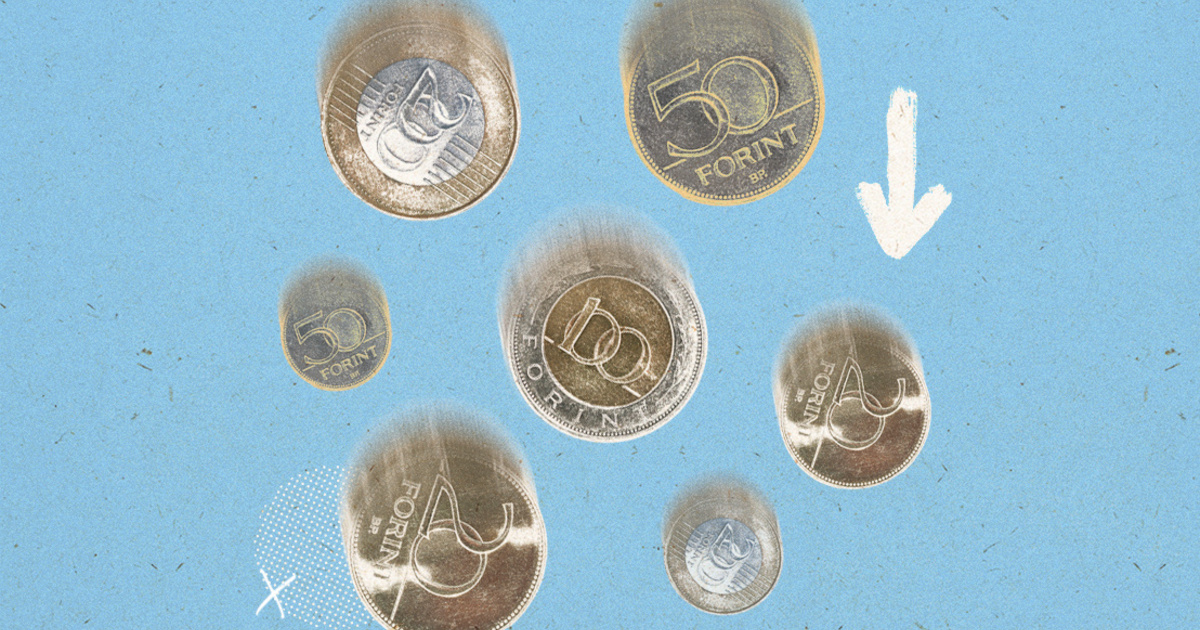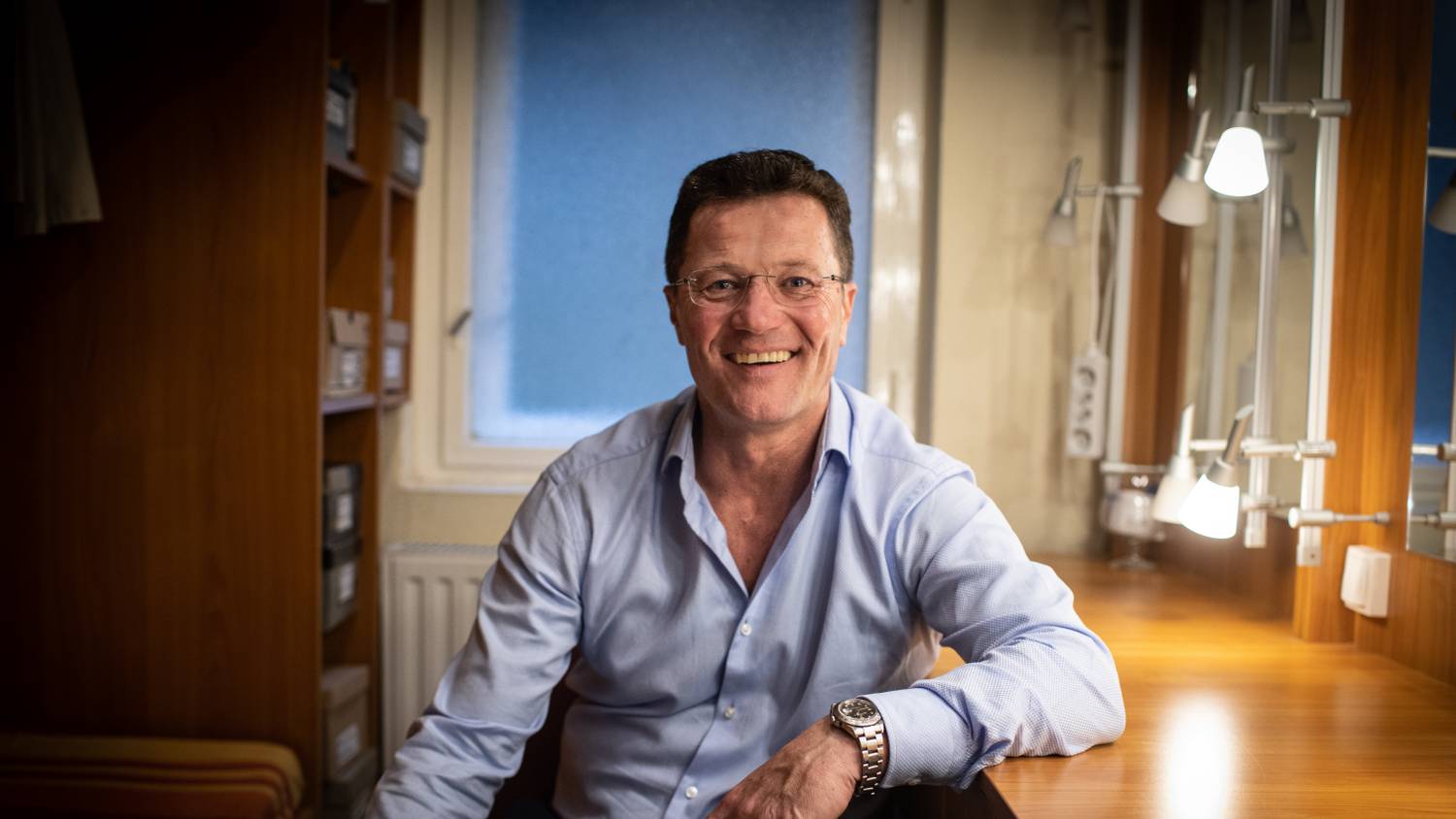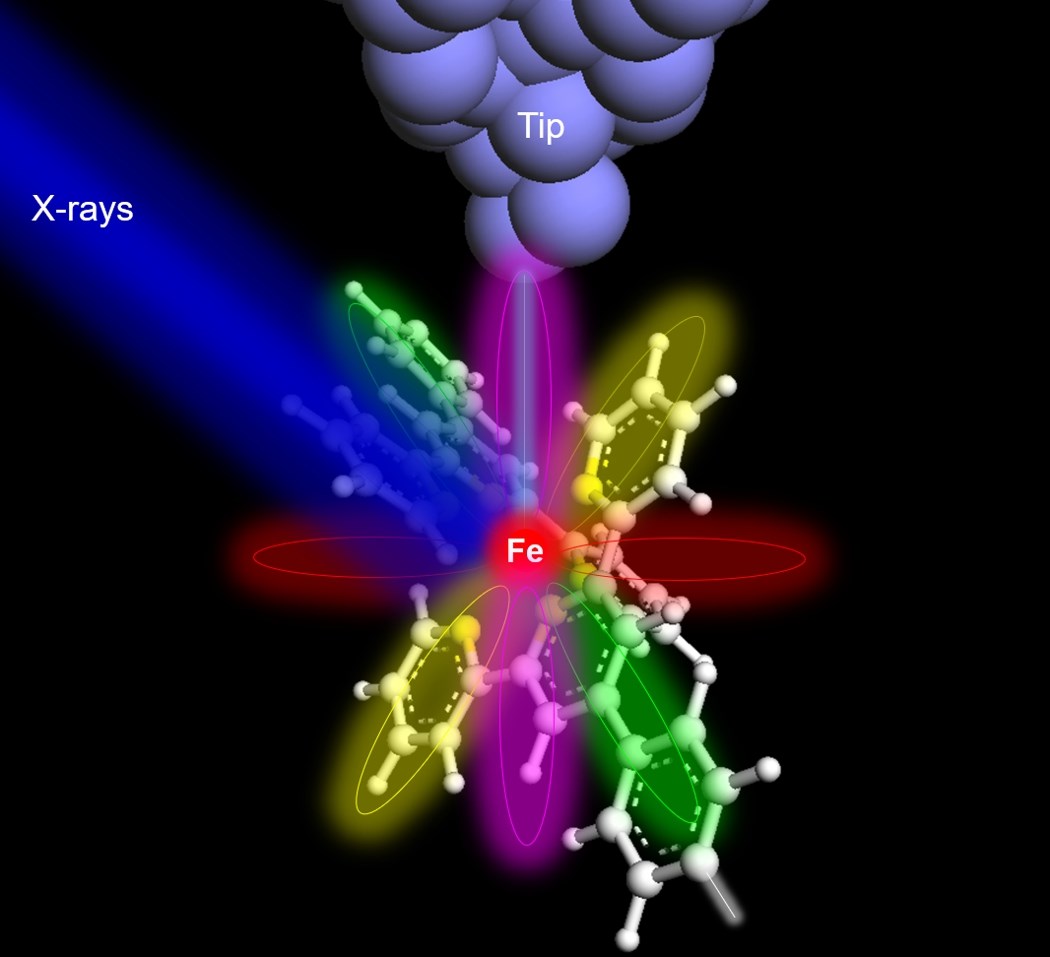[{“available”:true,”c_guid”:”b20a7b12-7aa4-430b-928f-80f68d3f4789″,”c_author”:”hvg.hu”,”category”:”kkv”,”description”:”A magas kamatkörnyezetben szépen fialtak a Paks II. befektetései, de a cég így is veszteséges lett, a költségek nagy részét a bérek tették ki. Pakson új városközpontot építenek a sok vendégmunkásnak.”,”shortLead”:”A magas kamatkörnyezetben szépen fialtak a Paks II. befektetései, de a cég így is veszteséges lett, a költségek nagy…”,”id”:”20230602_Paksi_bovites_13_milliard_forintot_vittek_el_berkoltsegek”,”image”:”https://api.hvg.hu/Img/ffdb5e3a-e632-4abc-b367-3d9b3bb5573b/b20a7b12-7aa4-430b-928f-80f68d3f4789.jpg”,”index”:0,”item”:”04118468-d30f-4239-806b-7b35fd08a4ca”,”keywords”:null,”link”:”/kkv/20230602_Paksi_bovites_13_milliard_forintot_vittek_el_berkoltsegek”,”timestamp”:”2023. június. 02. 04:55″,”title”:”Paksi bővítés: 13 milliárd forintot vittek el bérköltségek”,”trackingCode”:”RELATED”,”c_isbrandchannel”:false,”c_isbrandcontent”:false,”c_isbrandstory”:false,”c_isbrandcontentorbrandstory”:false,”c_isbranded”:false,”c_ishvg360article”:false,”c_partnername”:null,”c_partnerlogo”:”00000000-0000-0000-0000-000000000000″,”c_partnertag”:null},{“available”:true,”c_guid”:”6d5c878f-2885-46d7-8d04-cdfba8648a7e”,”c_author”:”HVG Extra Pszichológia”,”category”:”elet.pszichologiamagazin”,”description”:”Az énidőnek óriási szerepe van, többek között a stresszoldásban. “,”shortLead”:”Az énidőnek óriási szerepe van, többek között a stresszoldásban. “,”id”:”20230601_Fontos_a_minosegi_ido_de_nem_csak_masokkal_onmagunkkal_is”,”image”:”https://api.hvg.hu/Img/ffdb5e3a-e632-4abc-b367-3d9b3bb5573b/6d5c878f-2885-46d7-8d04-cdfba8648a7e.jpg”,”index”:0,”item”:”3c380ecc-79ff-4ae8-94c7-abac90ecce40″,”keywords”:null,”link”:”/pszichologiamagazin/20230601_Fontos_a_minosegi_ido_de_nem_csak_masokkal_onmagunkkal_is”,”timestamp”:”2023. június. 01. 13:10″,”title”:”Fontos a minőségi idő, de nem csak másokkal, önmagunkkal is”,”trackingCode”:”RELATED”,”c_isbrandchannel”:false,”c_isbrandcontent”:false,”c_isbrandstory”:false,”c_isbrandcontentorbrandstory”:false,”c_isbranded”:false,”c_ishvg360article”:false,”c_partnername”:null,”c_partnerlogo”:”00000000-0000-0000-0000-000000000000″,”c_partnertag”:null},{“available”:true,”c_guid”:”d52318a9-c1b9-4961-ac24-46f569718a3f”,”c_author”:”hvg.hu”,”category”:”elet”,”description”:”Mint a sokat bírált szovátai szembesítésen fogalmazott: „nem én fogok éhen halni”.”,”shortLead”:”Mint a sokat bírált szovátai szembesítésen fogalmazott: „nem én fogok éhen halni”.”,”id”:”20230602_Bojte_Csaba_szembesites_abuzus_sajto_szent_ferenc_alapitvany”,”image”:”https://api.hvg.hu/Img/ffdb5e3a-e632-4abc-b367-3d9b3bb5573b/d52318a9-c1b9-4961-ac24-46f569718a3f.jpg”,”index”:0,”item”:”bf39638d-1599-4e99-94c3-47492f754103″,”keywords”:null,”link”:”/elet/20230602_Bojte_Csaba_szembesites_abuzus_sajto_szent_ferenc_alapitvany”,”timestamp”:”2023. június. 02. 09:51″,”title”:”Böjte Csaba a sajtót hibáztatja, amiért az abúzusügyek miatt kevesebb pénz folyik be az alapítványához”,”trackingCode”:”RELATED”,”c_isbrandchannel”:false,”c_isbrandcontent”:false,”c_isbrandstory”:false,”c_isbrandcontentorbrandstory”:false,”c_isbranded”:false,”c_ishvg360article”:false,”c_partnername”:null,”c_partnerlogo”:”00000000-0000-0000-0000-000000000000″,”c_partnertag”:null},{“available”:true,”c_guid”:”5c1369b9-d7e2-4023-a86b-531b4d865665″,”c_author”:”Domány András”,”category”:”gazdasag”,”description”:”Péntek este van, itt az új Magyar Közlöny, egy új miniszterelnöki határozattal, amelyben új elnököt nevez ki a Központi Statisztikai Hivatal élére Orbán Viktor. Kincses Áron eddig elnökhelyettes volt, nyugdíjba vonuló felettesét, Vukovich Gabriellát követi a poszton.”,”shortLead”:”Péntek este van, itt az új Magyar Közlöny, egy új miniszterelnöki határozattal, amelyben új elnököt nevez ki a Központi…”,”id”:”20230602_Kincses_Aron_lesz_a_Kozponti_Statisztikai_Hivatal_uj_elnoke”,”image”:”https://api.hvg.hu/Img/ffdb5e3a-e632-4abc-b367-3d9b3bb5573b/5c1369b9-d7e2-4023-a86b-531b4d865665.jpg”,”index”:0,”item”:”69dce19f-189b-4a98-a970-1fede27ee006″,”keywords”:null,”link”:”/gazdasag/20230602_Kincses_Aron_lesz_a_Kozponti_Statisztikai_Hivatal_uj_elnoke”,”timestamp”:”2023. június. 02. 21:55″,”title”:”Kincses Áron lesz a KSH új elnöke”,”trackingCode”:”RELATED”,”c_isbrandchannel”:false,”c_isbrandcontent”:false,”c_isbrandstory”:false,”c_isbrandcontentorbrandstory”:false,”c_isbranded”:false,”c_ishvg360article”:false,”c_partnername”:null,”c_partnerlogo”:”00000000-0000-0000-0000-000000000000″,”c_partnertag”:null},{“available”:true,”c_guid”:”4e711a27-2b55-482a-8b22-1156dd099ddb”,”c_author”:”László Ferenc”,”category”:”cegauto”,”description”:”Testközelből ismerkedtünk meg a világ első M3 Touringjával, mely még az E46-os sorozatból készült. “,”shortLead”:”Testközelből ismerkedtünk meg a világ első M3 Touringjával, mely még az E46-os sorozatból készült. “,”id”:”20230602_korbefotoztuk_a_sokaig_titkolt_egyetlen_peldanyban_gyartott_elso_kombi_bmw_e46_m3_touring”,”image”:”https://api.hvg.hu/Img/ffdb5e3a-e632-4abc-b367-3d9b3bb5573b/4e711a27-2b55-482a-8b22-1156dd099ddb.jpg”,”index”:0,”item”:”de9f2cf4-ac35-4b6c-b09d-68a7193302d3″,”keywords”:null,”link”:”/cegauto/20230602_korbefotoztuk_a_sokaig_titkolt_egyetlen_peldanyban_gyartott_elso_kombi_bmw_e46_m3_touring”,”timestamp”:”2023. június. 02. 06:41″,”title”:”Körbefotóztuk a sokáig titkolt, egyetlen példányban gyártott első kombi BMW M3-at”,”trackingCode”:”RELATED”,”c_isbrandchannel”:false,”c_isbrandcontent”:false,”c_isbrandstory”:false,”c_isbrandcontentorbrandstory”:false,”c_isbranded”:false,”c_ishvg360article”:false,”c_partnername”:null,”c_partnerlogo”:”00000000-0000-0000-0000-000000000000″,”c_partnertag”:null},{“available”:true,”c_guid”:”6bbfedd6-e738-4806-bbe1-09f861403d8e”,”c_author”:”hvg.hu”,”category”:”itthon”,”description”:”A siroki polgármester figyelmeztetést adott ki.”,”shortLead”:”A siroki polgármester figyelmeztetést adott ki.”,”id”:”20230602_Medve_maszkalhat_Heves_varmegyeben”,”image”:”https://api.hvg.hu/Img/ffdb5e3a-e632-4abc-b367-3d9b3bb5573b/6bbfedd6-e738-4806-bbe1-09f861403d8e.jpg”,”index”:0,”item”:”30695df4-cd0d-4db2-ac1b-8e52af9312d6″,”keywords”:null,”link”:”/itthon/20230602_Medve_maszkalhat_Heves_varmegyeben”,”timestamp”:”2023. június. 02. 09:22″,”title”:”Medve mászkálhat Heves megyében”,”trackingCode”:”RELATED”,”c_isbrandchannel”:false,”c_isbrandcontent”:false,”c_isbrandstory”:false,”c_isbrandcontentorbrandstory”:false,”c_isbranded”:false,”c_ishvg360article”:false,”c_partnername”:null,”c_partnerlogo”:”00000000-0000-0000-0000-000000000000″,”c_partnertag”:null},{“available”:true,”c_guid”:”83609fb9-3e3b-4df8-be35-ff6548981854″,”c_author”:”hvg.hu”,”category”:”kkv”,”description”:”A fapadost amiatt büntették meg, mert egy az egyben ráterhelte utasai egy részére a tavaly nyáron kirótt extraprofitadót. A bíróság most a Ryanairnek adott igazat, amikor kimondta: az adó alanya valóban a légitársaság.”,”shortLead”:”A fapadost amiatt büntették meg, mert egy az egyben ráterhelte utasai egy részére a tavaly nyáron kirótt…”,”id”:”20230601_Ryanair_megsemmisitette_a_birosag_a_legitarsasagra_kiszabott_300_millios_birsagot”,”image”:”https://api.hvg.hu/Img/ffdb5e3a-e632-4abc-b367-3d9b3bb5573b/83609fb9-3e3b-4df8-be35-ff6548981854.jpg”,”index”:0,”item”:”5aad2e8a-b145-43b4-836c-ff1cb9d14f2c”,”keywords”:null,”link”:”/kkv/20230601_Ryanair_megsemmisitette_a_birosag_a_legitarsasagra_kiszabott_300_millios_birsagot”,”timestamp”:”2023. június. 01. 16:36″,”title”:”Ryanair: Megsemmisítette a bíróság a légitársaságra kiszabott 300 milliós bírságot”,”trackingCode”:”RELATED”,”c_isbrandchannel”:false,”c_isbrandcontent”:false,”c_isbrandstory”:false,”c_isbrandcontentorbrandstory”:false,”c_isbranded”:false,”c_ishvg360article”:false,”c_partnername”:null,”c_partnerlogo”:”00000000-0000-0000-0000-000000000000″,”c_partnertag”:null},{“available”:true,”c_guid”:”cf5a539f-f6de-4611-9e15-f29c899ed01e”,”c_author”:”hvg.hu”,”category”:”itthon”,”description”:”A kormány új békevideójában látható térkép úgy ábrázolja Ukrajnát, hogy annak a színek szerint nem része a Krím-félsziget.”,”shortLead”:”A kormány új békevideójában látható térkép úgy ábrázolja Ukrajnát, hogy annak a színek szerint nem része…”,”id”:”20230602_A_magyar_kormany_legujabb_videojaban_a_Krim_nem_Ukrajna_resze”,”image”:”https://api.hvg.hu/Img/ffdb5e3a-e632-4abc-b367-3d9b3bb5573b/cf5a539f-f6de-4611-9e15-f29c899ed01e.jpg”,”index”:0,”item”:”b2e571a1-e614-43eb-b35c-1f1724b3cb69″,”keywords”:null,”link”:”/itthon/20230602_A_magyar_kormany_legujabb_videojaban_a_Krim_nem_Ukrajna_resze”,”timestamp”:”2023. június. 02. 17:48″,”title”:”A magyar kormány legújabb békemissziós propagandavideójában a Krím nem Ukrajna része”,”trackingCode”:”RELATED”,”c_isbrandchannel”:false,”c_isbrandcontent”:false,”c_isbrandstory”:false,”c_isbrandcontentorbrandstory”:false,”c_isbranded”:false,”c_ishvg360article”:false,”c_partnername”:null,”c_partnerlogo”:”00000000-0000-0000-0000-000000000000″,”c_partnertag”:null}]


Depending on your membership level, we offer, among others:
- We send you an exclusive weekly digest of the interesting things in the world;
- You can gain insight into the work of HVG, you can meet our authors;
- You can take part in pre-premier screenings of the latest films, in various events;
- You can buy HVG books and publications at a discount;
- You can read hvg360 digital news magazine.
We recommend it from the first page















































